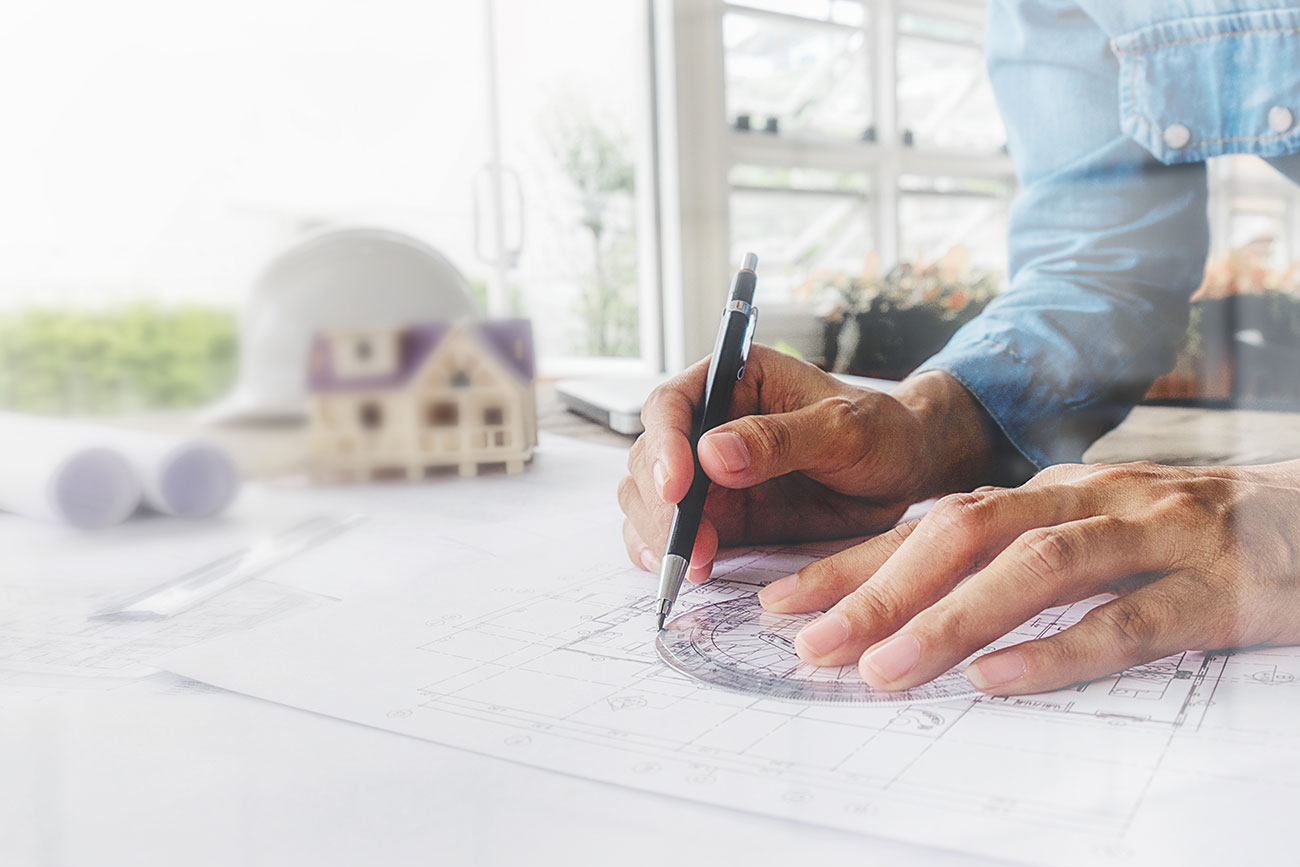Architecture is all around us. We live among buildings of many and pretty much any kinds. Even when we don’t notice it, we spend most of our lives indoors. This means that we should pay more attention to the design of the spaces we inhabit, both inside and out. Therefore, we must understand the emotional impact of architecture and how it can change our mood.
There are several aspects we need to consider regarding the emotional impact of architecture on our mental state. One example is thinking on how much natural light can enter into our building. Another example can be planning for quiet zones and spaces. Last but not least, we must remember that architecture is an art form, and as such, it will still have an emotional impact on us.
Letting Natural Light In
One of the most important aspects of interior design is considering the amount and direction of natural light. This has a direct impact on our comfort, health, and mood, whether positive or negative. Several studies show that natural light improves the mental health of hospital patients. The also show that students exposed to natural light perform better in their academic tests. Furthermore, exposure to natural light helps us produce serotonin, which can help us endure depression.
Planning for Quiet Zones
Another important aspect to keep in mind when analyzing the emotional impact of architecture on the way we feel is planning for quiet zones. Every time, more and more architects, designers, and firms, and actively incorporating quiet places into their projects. Trying to work or live within a noisy environment can and will have a negative impact on our overall mental state. Several studies have shown that loud and constant noises can affect our long-term memory, cause sleep loss, etcetera. Needless to say, quiet environments can improve our mental health and overall mental state. This is why incorporating quiet zones into our building designs should be a priority,
Architecture Is an Art Form
Despite the high level of functionality and purpose that are part of architecture, we must remember it is an art form, too. Designing creative and challenging buildings and projects will enable us to give positive landmarks instead of dull, repetitive structures. Think of the emotional impact that breath-taking constructions have on you. Then, compare that to the feeling of clustered, corporate buildings. There is a large gap that we must address as designers and architects. Give the community something to remember, a building that will make their day, and become the highlight to a busy, stressful work day must of us must endure.








